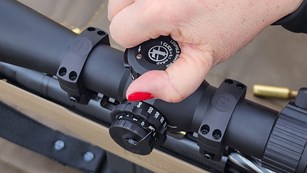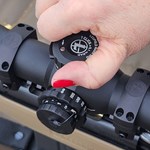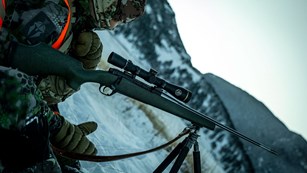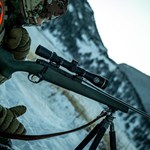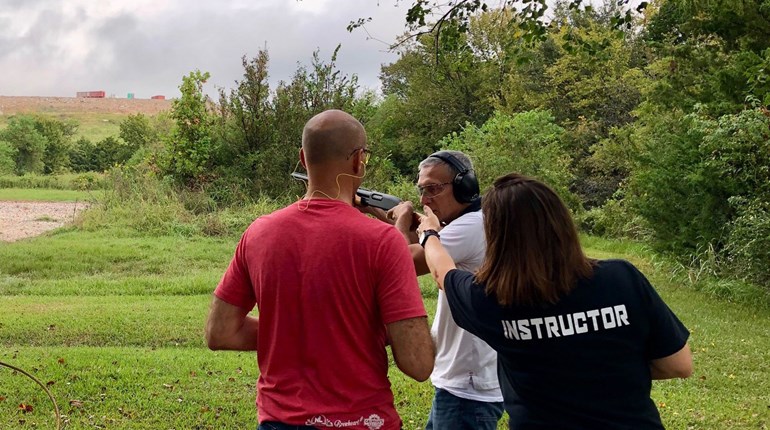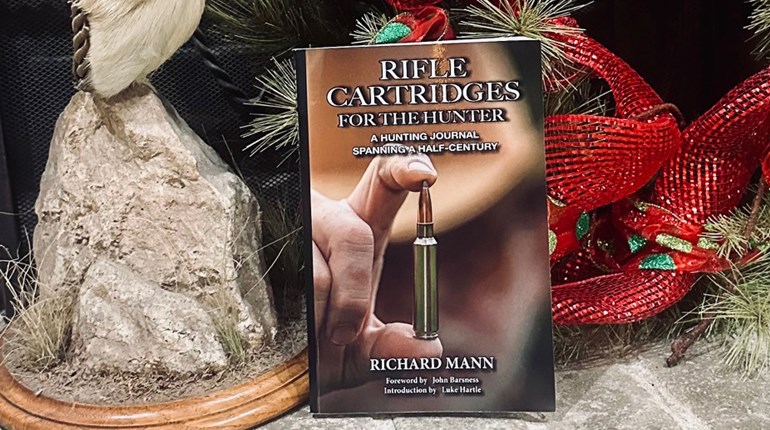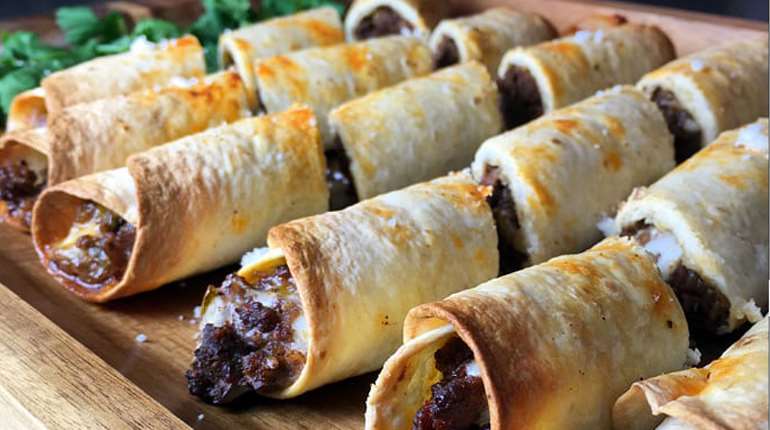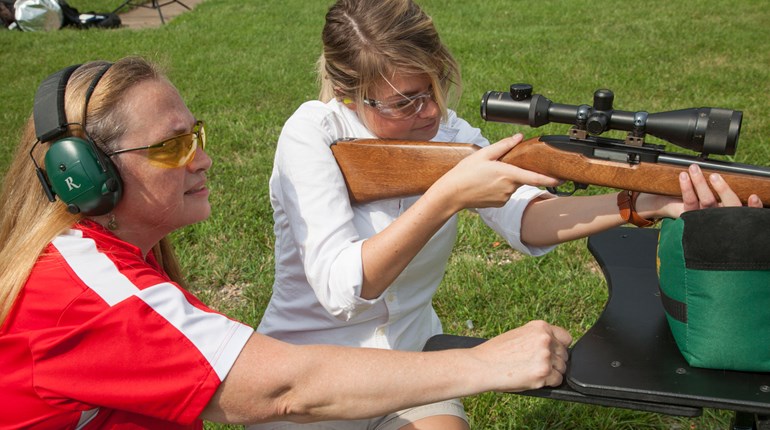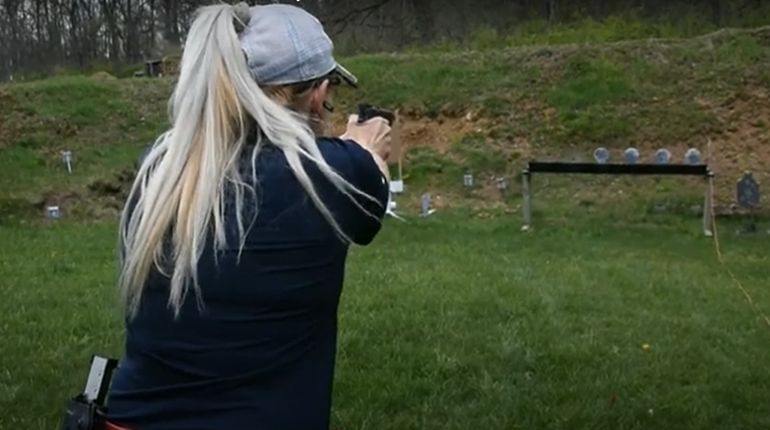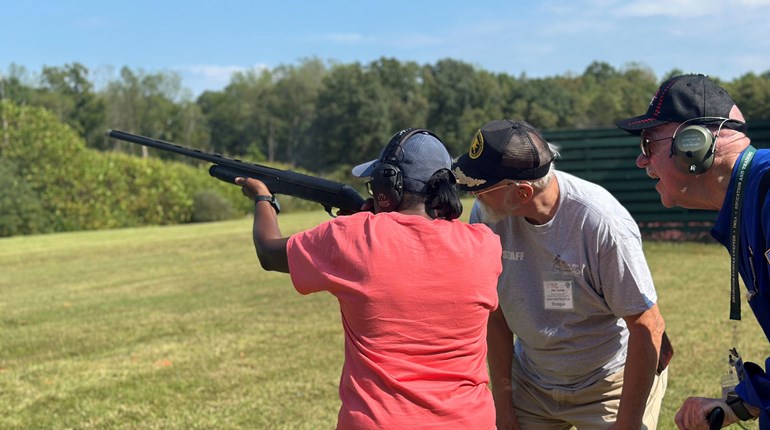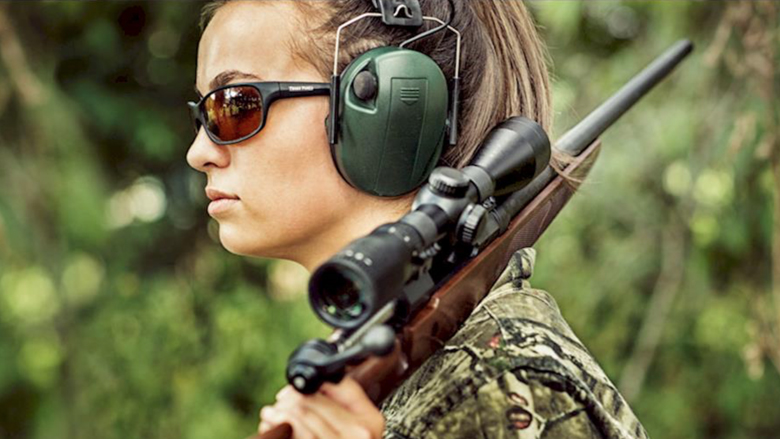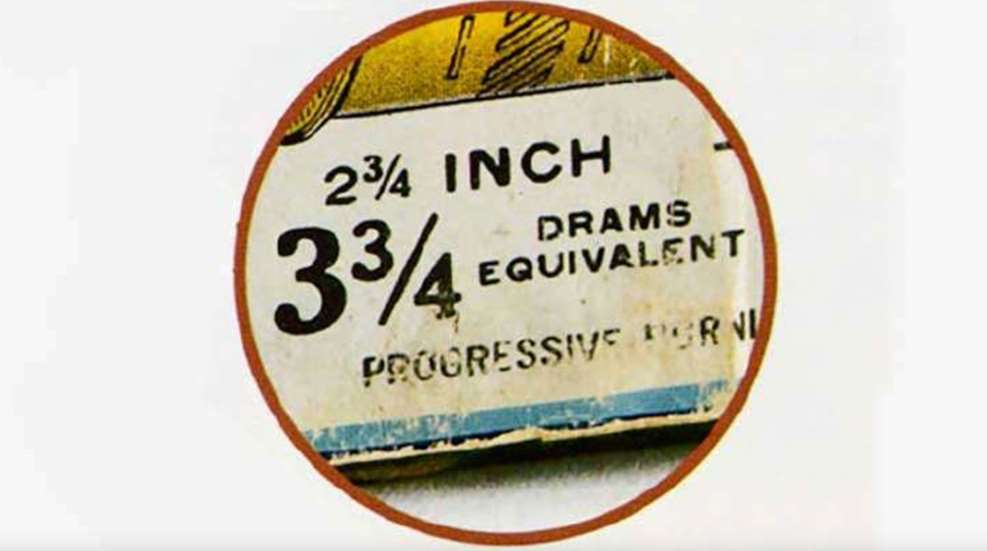
Dram is one of those words that many think they know what it means but fall short in giving an accurate definition. That is because the word is an obsolete holdover from the past. Dram measurements were used when referring to black powder loads in rifles, pistols and shotguns. If dram was a black powder measurement, then why do we need to know what a dram is when shooting modern firearms? It is because the word is still found on boxes of modern shotshells.
It is especially important to know what the word dram means if you are an NRA Shotgun Instructor. This is because this question is probably going to come up in your class and the instructor needs to demonstrate to his or her students their knowledge of the discipline they are teaching.
I like to ask if anyone in the class knows what the word dram means before I get asked the question. It is often amusing to listen to a student try to explain what the word means. Some have never even heard of “dram.”
If dram is an obsolete word, why is it important that we know what it means? Well, shotgunners must know what this word means to become more educated about the discipline, particularly for NRA Basic Shotgun Instructors. NRA training stresses the importance of the knowledge, skills and attitude, referred to as the KSA’s, when handling any firearm. Understanding the word dram shows the shooter understands the type of loads he or she will be shooting, or in other words, the velocities that are generated by a specific shotshell.

Dram
Dram has a complicated definition. If you can understand the concept of dram, you are ahead of 95 percent of past generations of firearm owners and 99.9 percent of modern shooters. First, to understand the word dram, you must understand several terms from the days of black powder.
Historically, dram is a unit of weight (mass) used in apothecaries and avoirdupois systems used in ancient Greece. An apothecary is like a modern-day pharmacist except that an apothecary would mix, manufacture and sell medicinal drugs. The avoirdupois system is the standard weight measurement system using pounds and ounces as opposed to the metric system using grams.
An apothecary dram and avoirdupois system drams are different. An apothecary dram is three “scruples” or 1/8 of an apothecary ounce of 480 grains. A scruple measurement is 20 grains. In this system an ounce contains 480 grains.
In the avoirdupois system, a dram is 27.344 grains which equals 1/16 of an ounce. In this system, an ounce contains 437.5 grains. In other words, there are 16 drams to an ounce. The avoirdupois system is the one we use in propellant weights when dealing with ammunition.
Dram measurement is used to indicate the powder charge’s volume. Additionally, a pound of black powder is correctly referred to as an avoirdupois pound.

Dram Equivalent
Most individuals who believe they understand dram equivalent claim that it relates to pressures. In a sense it does, but to be more accurate, dram equivalent refers to velocities. The higher the dram weight equals higher velocities which equals higher pressures, which in turn equals higher recoil. Dram equivalent is used to indicate the number of drams that would be needed to achieve the same velocities when using modern smokeless powder.
This is important for three reasons for the average shooter. First, if you are shooting an older shotgun—one that has a fixed barrel—you are using a firearm that was not made with the same strength of steel with which more modern shotguns are built. When using older shotguns, it is recommended that dram equivalent does not exceed 3 drams.
The second reason has to do with recoil. Even though a box of shotshells is marked “low recoil,” that may not necessarily be the case. There is not a standard for what is considered low recoil. This means that we must look at the dram equivalent. The dram equivalent for low recoil would be anywhere from 2 to 2¾ drams.
The third reason for understanding dram equivalent is when using a semi-automatic shotgun. The dram equivalent needed for semi-automatic shotguns is 3 drams or higher. Sometimes high dram equivalent shotshell charges will be shown with a dram equivalent MAG or MAX.

Data Stamp
The dram equivalent measurement will usually be found on the box of shotshells somewhere near the data stamps or ballistic information. Usually the data stamp includes gauge, shell length, dram equivalent, oz. (shot) weight (in ounces) and shot size.
Why does a shotgun shooter need to know the dram equivalent of the shells they are shooting? For one, if the data on the box does not indicate dram equivalent, the shooter must look at the velocity, shot weight and shot size to get a close approximation. There are dram equivalent charts available for this calculation.
Many shooting ranges and most clay target sports require that shotshells not be greater than 3-dram equivalent because they want to keep the noise or report of the discharging firearm below a certain decibel level. Also, they want to minimize the distance the shot travels, usually due to the proximity of the public or the range’s property line.
It is important for shooters on any discipline to possess the knowledge, skills and attitude to safely and properly use their firearms. Part of this is education and learning all we can about the firearms and the sporting activities in which we participate.
Understanding what dram equivalent means is important for safety reasons as well as following the rules of shotgun ranges and shotgun sporting events. It is important to remember that when you pull the trigger, you cannot recall the projectile. You are responsible for everything your projectile or projectiles hit, damage, destroy or kill. Educating yourself is the best way of staying safe!
